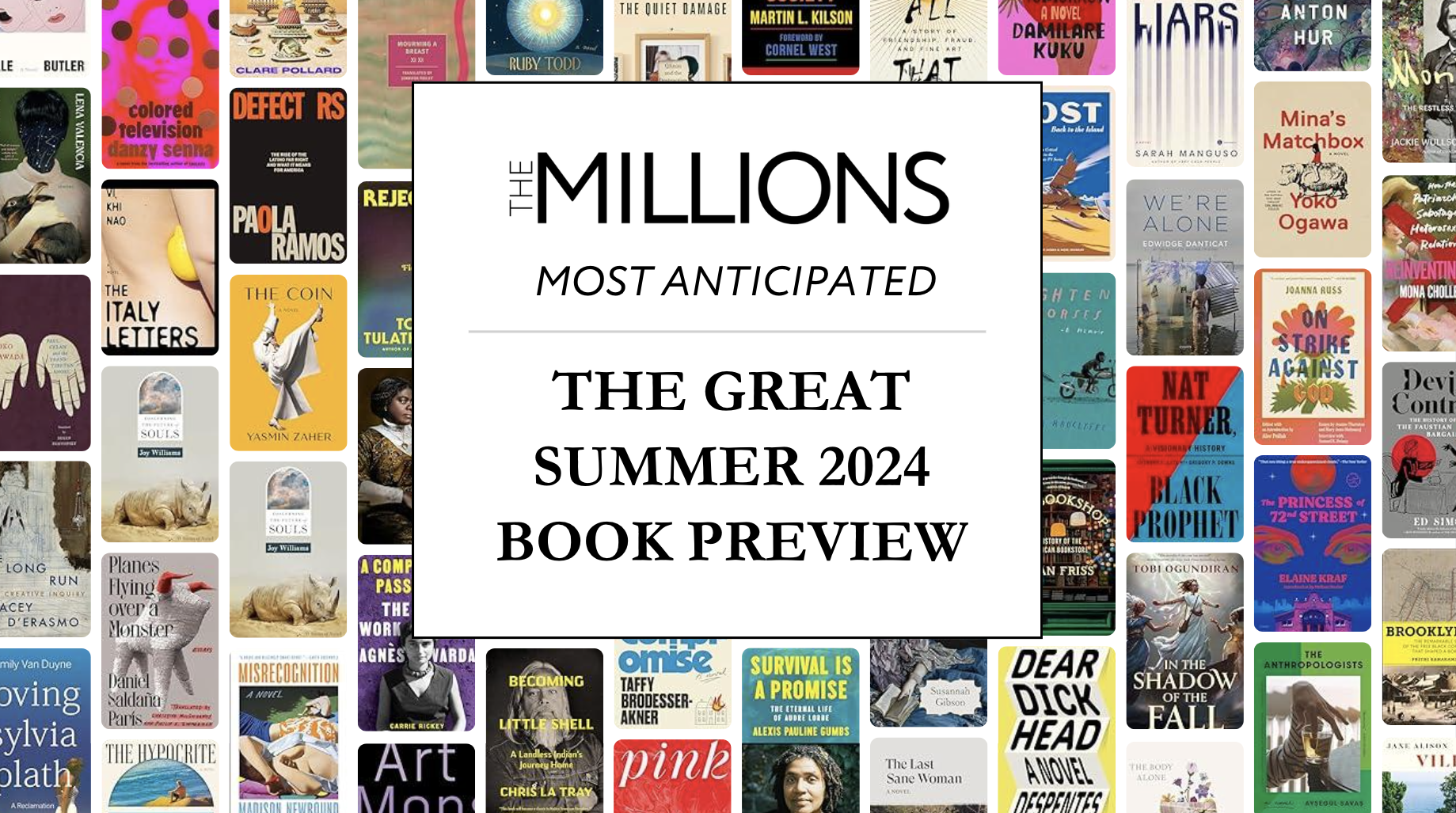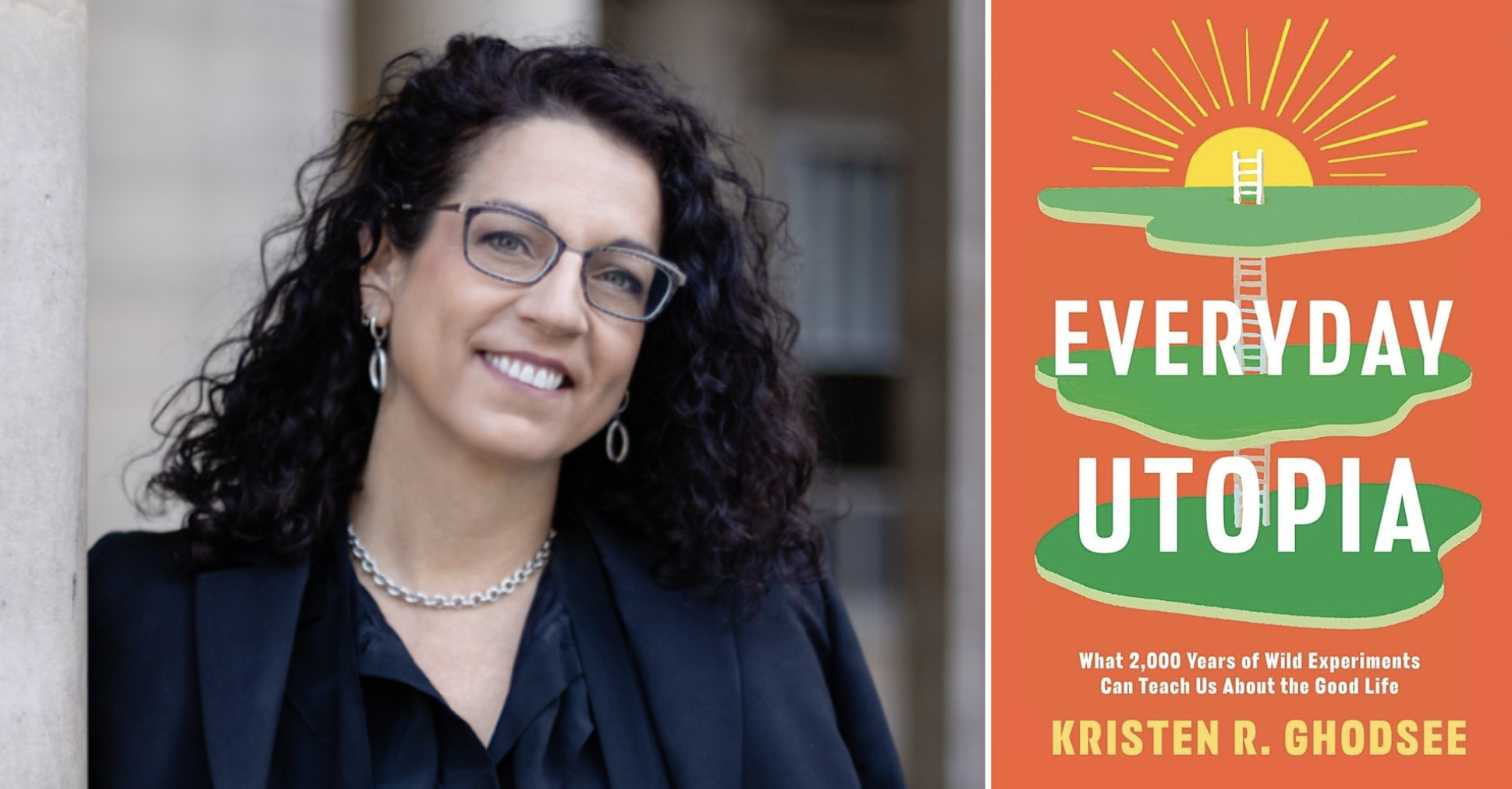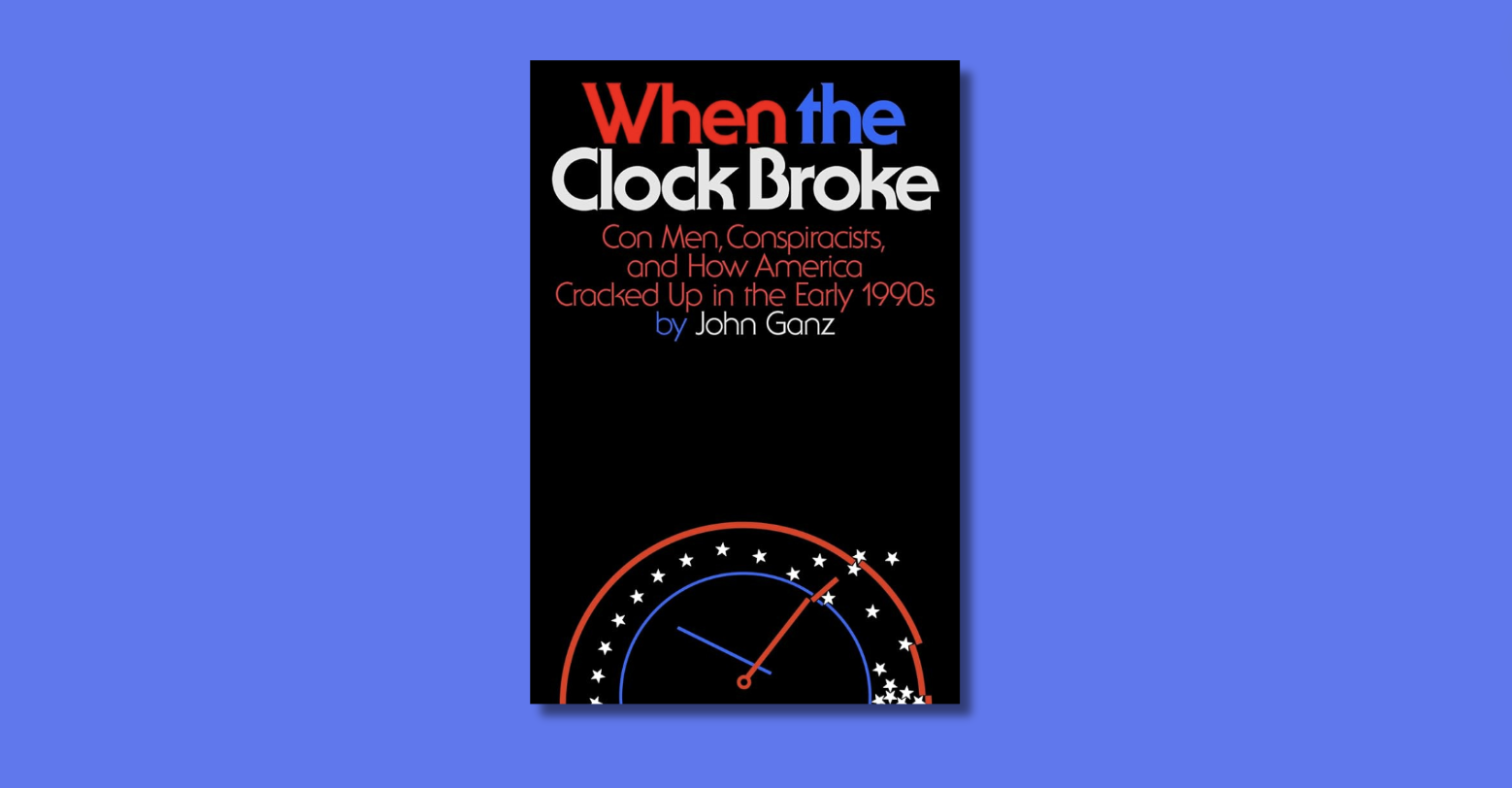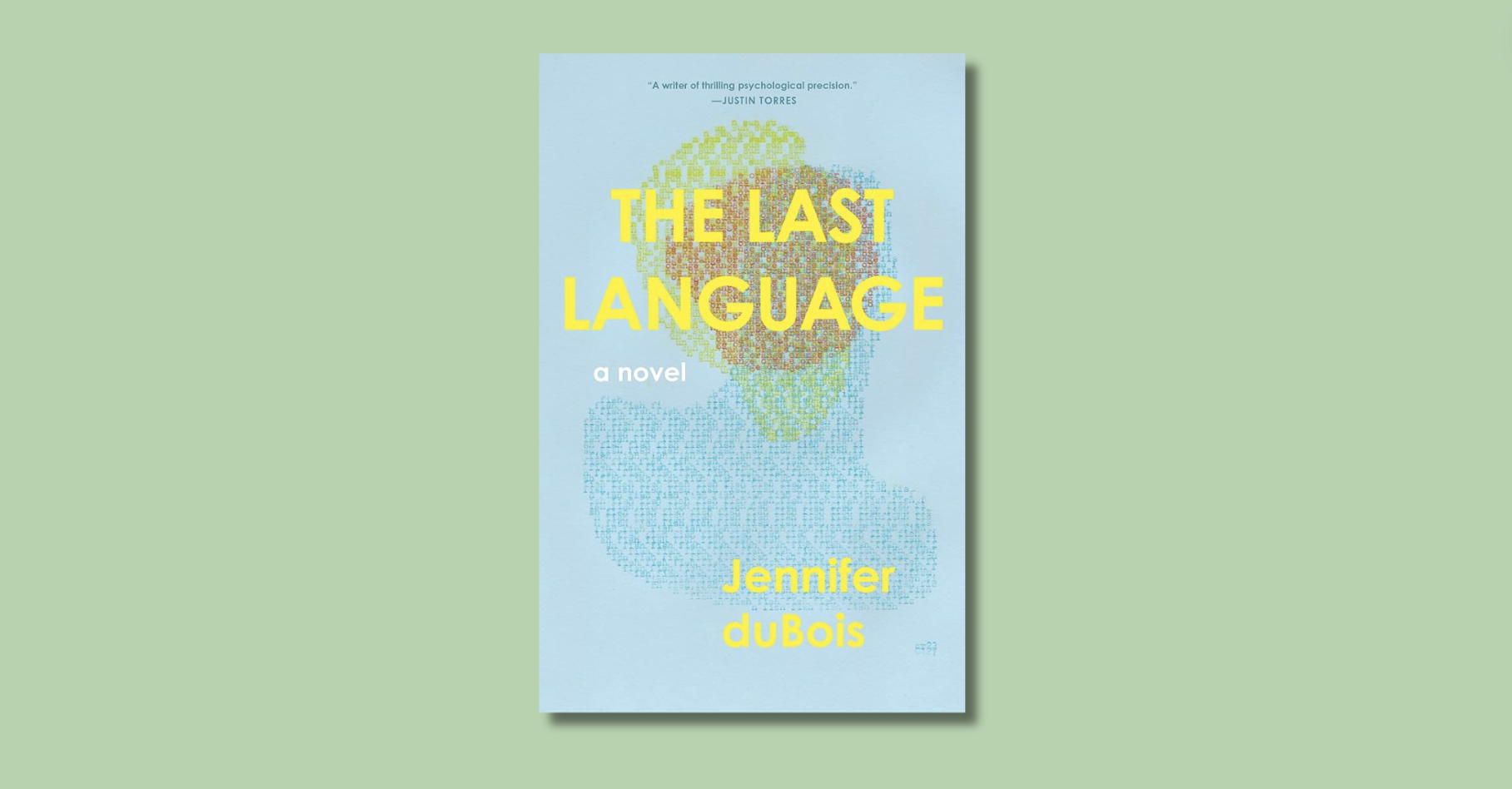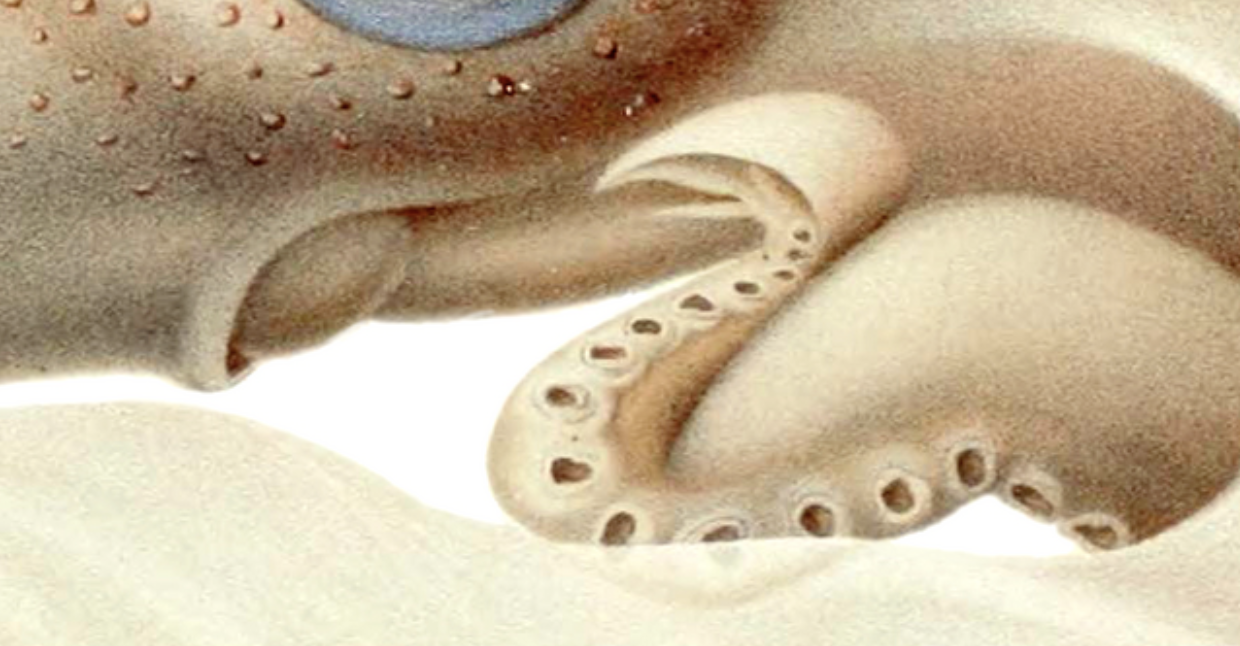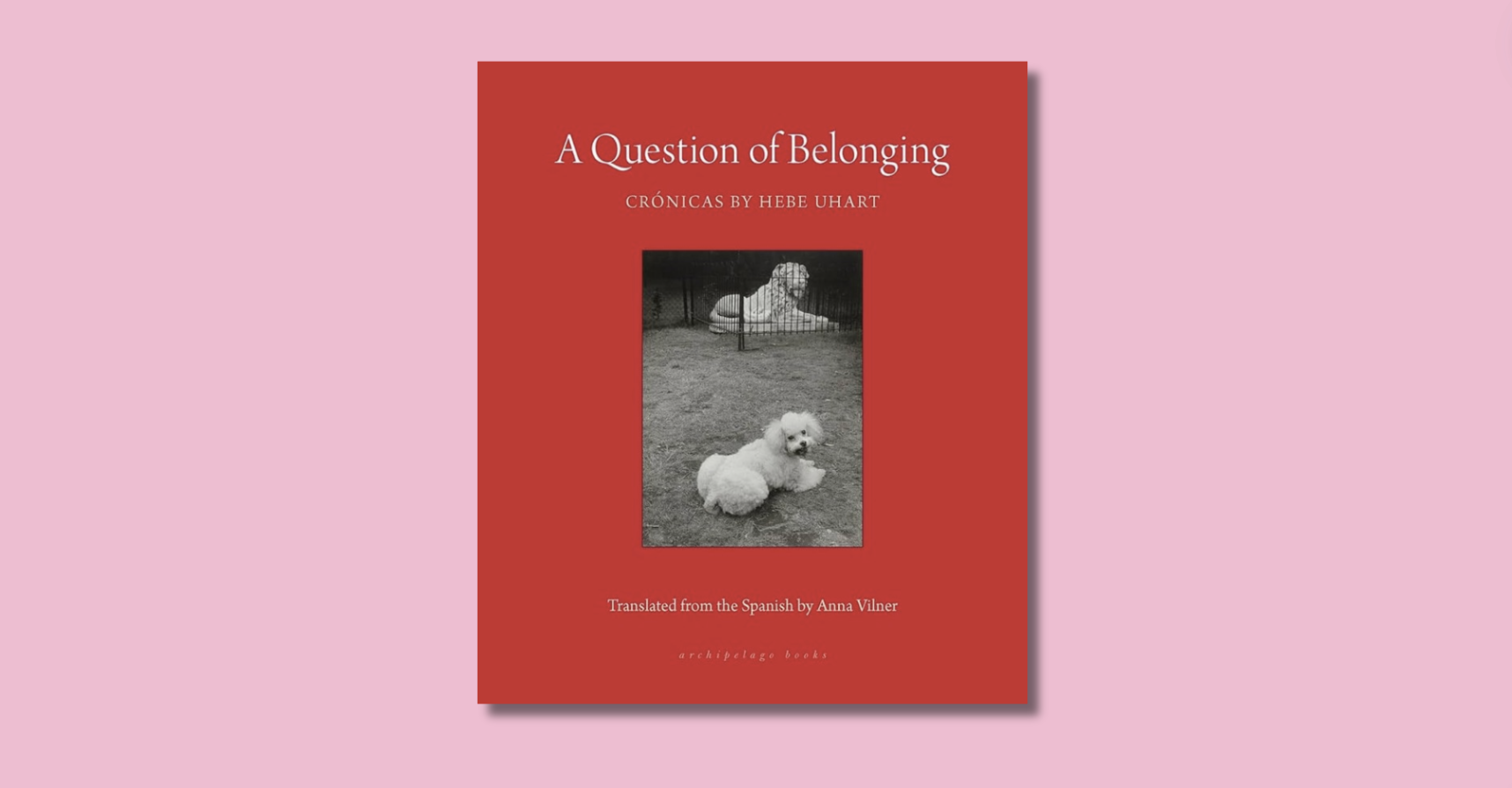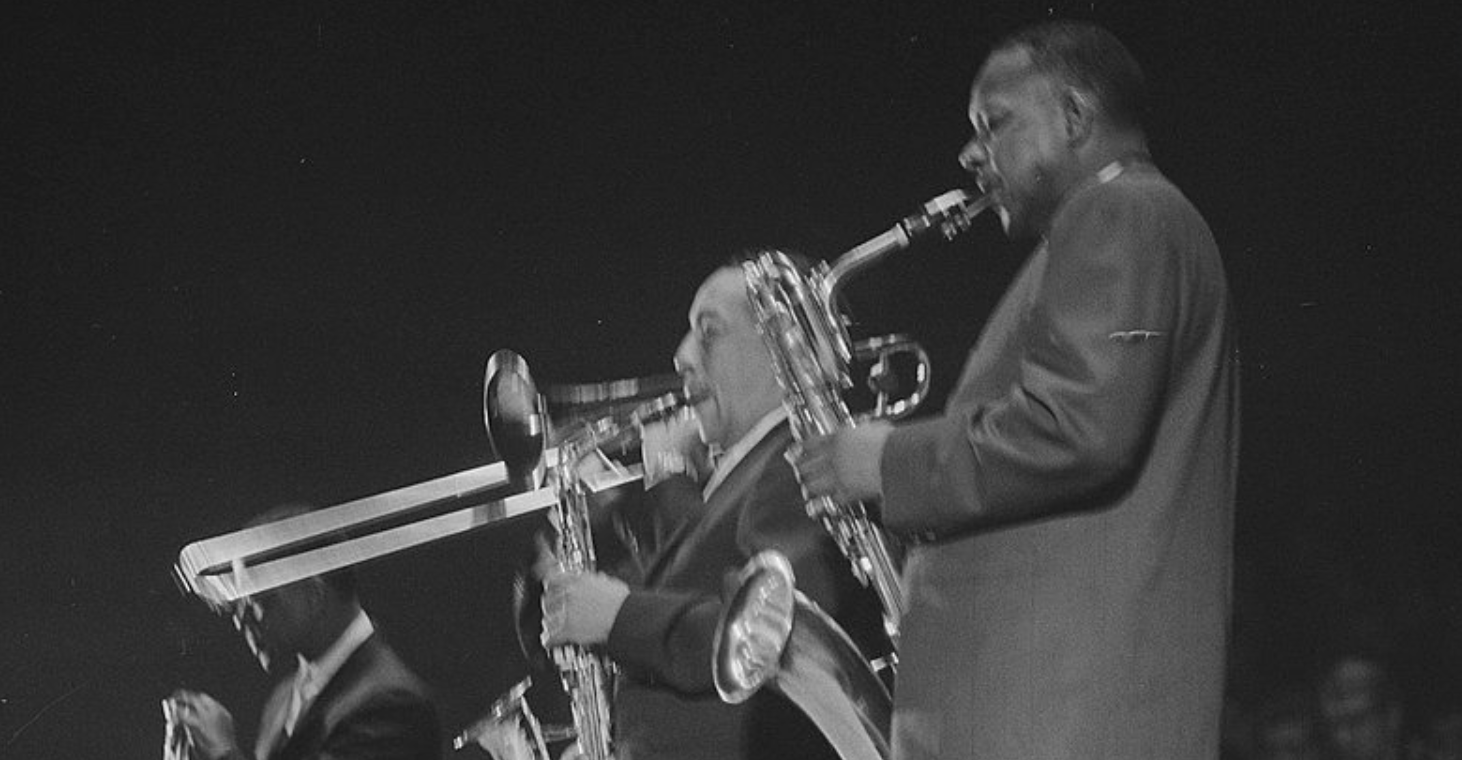In a comment on a recent New York Times editorial, a reader in North Carolina reported noticing that there were no butterflies on her bushes for the first time this year. The spring peepers were growing fainter in the pond, there were few bees, and for the first time, every birds’ nest in her yard had failed, she said. It’s familiar news. Here on the other side of the country, where I am sitting now, there have been fewer hummingbirds at the feeders this year. Meanwhile, in Ethiopia, a biologist conducting a survey of elephants found 36 at a reserve where he’d expected to see 300. It seems that such absences, repeated again and again, are coming to define our time. They are signs of a greater calamity, it’s true, and we often read them as such—failing to register them as events in their own right. But the truth is that our planet is growing lonelier now. Do we remember, for instance, the intimacy we shared with other animals, the ones not kept in zoos? The way bats would start flickering above us as the summer evening grew dim or the childhood bee stings we’d get running barefooted over the lawn? The loss of such small, local experiences are more than just environmental facts but are emotional truths.
We are living in the midst of the worst die-off since the dinosaurs fell victim to an asteroid 65 million years ago, and though certain local effects are noticeable, the scope of the carnage is hard to picture as a whole. In The Sixth Extinction, New Yorker staff writer Elizabeth Kolbert attempts a rough accounting: If global warming continues apace, it’s estimated “that one-third of all reef building corals, a third of all fresh-water mollusks, a third of sharks and rays, a quarter of all mammals, a fifth of all reptiles, and a sixth of all birds are headed toward oblivion.” Amphibians, the most vulnerable group, are disappearing at as much as 45,000 times their normal rate, hence the lack of peepers in the pond. “Look around,” one scientist tells Kolbert. “Kill half of what you see…That’s what we could be talking about.” Coral reefs are not expected to make it to mid-century.
The etiology of this crisis is indisputable: Whatever the proximal causes, human beings are the asteroids this time. This is not news; we’ve been aware of our destructive potential for some time, though there are those still who deny it. It’s not quite as clear what we should do with this knowledge, though, and so—whether from guilt, nostalgia, or as a way to put off a reckoning—we tell each other stories about extinction. In fact, Kolbert’s Sixth Extinction falls into a tradition stretching back at least as far as 1848’s The Dodo and its Kindred—a genre of ecological “true-crime” that chronicles disappearance and implicates human beings in the mass death of others in our world.
 1. Joel Greenberg’s recent A Feathered River Across the Sky is an exemplary entrant in the genre. Meticulously researched and almost loving in its level of detail, it tells the story of the passenger pigeon, which was once the most numerous bird in America but now one of our emblems of loss. In 1860, at Fort Mississauga in Ontario, Major W. Ross King watched a group of passenger pigeons blot out the sun for hours. This flock was later estimated to include 3,717,120,000 individual birds passing over in a single long sheet. In 1895, two flocks were observed in the province: the first made up of 13 birds, the second just 11. By 1910, there were no flocks at all, and all that remained of the passenger pigeon was a bird named Martha, living in a cage at the Cincinnati Zoo; she died four years later. This year marks the hundredth anniversary since the passenger pigeon’s extinction.
1. Joel Greenberg’s recent A Feathered River Across the Sky is an exemplary entrant in the genre. Meticulously researched and almost loving in its level of detail, it tells the story of the passenger pigeon, which was once the most numerous bird in America but now one of our emblems of loss. In 1860, at Fort Mississauga in Ontario, Major W. Ross King watched a group of passenger pigeons blot out the sun for hours. This flock was later estimated to include 3,717,120,000 individual birds passing over in a single long sheet. In 1895, two flocks were observed in the province: the first made up of 13 birds, the second just 11. By 1910, there were no flocks at all, and all that remained of the passenger pigeon was a bird named Martha, living in a cage at the Cincinnati Zoo; she died four years later. This year marks the hundredth anniversary since the passenger pigeon’s extinction.
Greenburg traces the natural history of the vanished bird like someone trying to describe a phantom, taking care to present its case as faithfully as he can: its diet, breeding habits (as far as they can be guessed at), and tendency to roost in concentrations so great that they could destroy entire forests overnight. Much of the book is dedicated to a condemnatory account of humans’ wholesale slaughter of this abundance of meat in the sky. The pigeons were apparently good eating and easy entertainment; hunters used everything from rifles, nets, and poles to bare hands and even cannons to gather the bounty. As a result, more birds were killed than could be consumed; the rest were used as fertilizer, fed to dogs and pigs, or simply thrown away.
Greenburg’s displeasure at the enthusiasm of 19th century hunters is typical of many extinction narratives. We are meant, as the title of another recent passenger pigeon story has it, to take a “message from Martha.” Self-flagellation is all very well, but knowing—and condemning—the human tendency not to care much for the wellbeing of other species is neither surprising nor especially helpful in terms of effecting change. We have not become better. Greenberg—not just an elegist but an activist as well—points out that similar forms of profligate slaughter continue today, having merely changed venue. On open ocean, seine nets and other modern gadgetry allow commercial fleets to net more than four million tons of tuna—from just four species—every year.
Despite emblematic cases like the passenger pigeon’s, it seems as though we have little real grasp of what extinction really means—for us, for the future of this world of ours, or (though their feelings are rarely considered) for those going extinct. Passionate reports like Greenberg’s have the feeling of histories neatly boxed up and removed from our immediate physical and emotional realities despite their relevance to us now. In such accounts, anxiety over the present alternates with a sort of excited interest in the past— fascination bordering on nostalgia for what amounts to a biological curio.
2. Interest is a primary driver of The Sixth Extinction, in which Kolbert provides an entertaining, if occasionally troubling, geological and biological history of our moment in the context of die-offs past. The story, laid out in chapters using a single species as a way into a theme, is full of human character, humor, and unexpected facts. Kolbert herself can be seen speaking to scientists and observing animals and fossils in the wild.
Part of her accomplishment is in underlining the scope of the current cataclysm. As research into the previous five major extinction events teaches her, the environment is changing so quickly that survival will be largely a product of chance. Mass extinction happens when the rules of survival are suddenly changed and traits that have been adaptive in the past become no use at all. Still, everything exists today because something happened to survive before, and the future will be populated by creatures evolved from whatever happens to survive us now. Most likely that will be those hardy invaders whose territory we’ve inadvertently expanded ourselves—probably rats. The biomass of the future will be a human artifact, in other words, like the climate, the course of rivers, the amount of fixed nitrogen, and the variety of habitat, among many other things. And so this moment offers a strange, geological lengthening of time, inscribing our errors onto millions of years of history. Yet as extensive as the changes of the Anthropocene have been, Homo sapiens were always troublesome beasts. Early humans were responsible for extinctions, too, she finds, from moas to saber tooth tigers and giant ground sloths, as well as some of our own relations, including the Neanderthal, the Denisovians, and the Florensian “hobbit.” (It does seem as though we were bent on being alone; all the great apes that survive today, ourselves excepted, are currently in danger of extinction.) Given this propensity, Kolbert largely chooses not to offer hope. Her conclusion is a troubling one: “With the capacity to represent the world in signs and symbols comes the capacity to change it…[which] is also the capacity to destroy it…If you want to think about why humans are so dangerous to other species, you can picture a poacher in Africa carrying an AK-47 or a logger in the Amazon gripping an ax, or, better still, you can picture yourself, holding a book on your lap.”
Where Kolbert locates the root of our environmental destructiveness in the capacity for symbolic thought, a more common explanation—though no less problematic in its way—is that an attitude of anthropocentrism is to blame. This means not just the firm separation of “human” and “nature,” but the belief that the planet is intended for our use and has meaning to humans alone. Knowing that the human-spread chytrid virus is almost certain to destroy most of the world’s amphibians, I think at once of the eeriness of a quiet spring pond and only later think what that pond was to the frogs. Given new research into animal consciousness and capacity for thought, such oversights become harder and harder to justify.
 3. Still, our perspective is human, and excepting a kind of radical empathy, we have no other. It’s the human perspective the poet Melanie Challenger takes in her book On Extinction. She examines the question of mankind’s alienation from nature through the lens of cultural loss, grappling with the emotional aspects of extinction by reading it through a progressive human shift away from dependence on the natural world. The loss of distinct, local forms of knowledge based on a relationship to place is “akin to the disappearance of diversity in nature.” Her well-made point is that as we became less dependent on local landscapes, we stopped caring as much for the things that were in them. The environmental devastation that followed then only turned us further away. The problem with Challenger’s argument is that the equivalence of cultural and biological diversity confuses the question. That some Inuit shop at supermarkets rather than hunting on the land is of a different order than the fact that there is no longer a golden toad. Casting human cultural loss in the light of extinction also covers over the need to consider the fact that “human nature” is not solely human at all: not only was it formed through our interaction with other species—from ancient predators, to various microbes, to the creatures we kill and eat—but our very bodies represent a mass of co-existing life forms in themselves. Only 10 percent of the cells in what we consider the “human body” are actually human at all.
3. Still, our perspective is human, and excepting a kind of radical empathy, we have no other. It’s the human perspective the poet Melanie Challenger takes in her book On Extinction. She examines the question of mankind’s alienation from nature through the lens of cultural loss, grappling with the emotional aspects of extinction by reading it through a progressive human shift away from dependence on the natural world. The loss of distinct, local forms of knowledge based on a relationship to place is “akin to the disappearance of diversity in nature.” Her well-made point is that as we became less dependent on local landscapes, we stopped caring as much for the things that were in them. The environmental devastation that followed then only turned us further away. The problem with Challenger’s argument is that the equivalence of cultural and biological diversity confuses the question. That some Inuit shop at supermarkets rather than hunting on the land is of a different order than the fact that there is no longer a golden toad. Casting human cultural loss in the light of extinction also covers over the need to consider the fact that “human nature” is not solely human at all: not only was it formed through our interaction with other species—from ancient predators, to various microbes, to the creatures we kill and eat—but our very bodies represent a mass of co-existing life forms in themselves. Only 10 percent of the cells in what we consider the “human body” are actually human at all.
Despite this, Challenger does get at a question Kolbert’s work provokes but doesn’t confront: “In the great swathes of time given to the Earth, did it really matter if some forms of life died out?” Is the world worse because there’s no longer such thing as a great auk? Of what value is a dolphin in the end? Pointing the finger human-ward, the answer to this question is not as self-evident as people who care about biodiversity, as a good in itself, might believe. In fact, to return to Kolbert’s broad geologic survey of mass extinctions past, our own is just another blip in the long history of life on earth. Yes, it has taken millions of years for biodiversity to recover after previous extinction events, but it has recovered in the end. “Across these spans of almost imperceptible evolution, other entities always emerged in the place of those that perished,” Challenger writes. The message here is life is pretty sturdy and “nature” or the “wilderness” fairly arbitrary concepts. There is no fixed point in our changing world that we can identify as “natural,” and so the thought of re-wilding becomes quickly absurd: Do we really want billions of passenger pigeons despoiling the crops or giant ground sloths stomping around?
It’s perhaps out of the anxiety such uncertainty generates that extinction books like these are adventure stories of a kind. The author travels the world (Challenger, to her credit, considering her carbon footprint as she does) as a biological tourist of a kind—and the books find themselves solidly embroiled in the same anthropocentric attitudes they pin the crisis on. Despite purportedly addressing a period of mass death, little attention is actually paid to the dead and dying themselves.
And yet, however much human exceptionalism is to blame, part of the lesson of the anthropocene mass extinction is how closely human lives are affected by it, a lesson we are vastly more likely to take to heart than the suffering of any bat or toad; perhaps there is no separation between their suffering and our own. This, in part, is the answer to Challenger’s “so what?” as offered by a new crop of philosophical thinkers, whose work provides a much needed bridge between the humanities and ecological science. If their efforts seem effete in comparison to Kolbert’s vastly more enjoyable narrative, they at least encourage us to step past self-loathing, pity, and the strange excitement those feelings produce. Philosophy, unlike straightforward nonfiction narrative, can hold the kind of uncertainty of which this moment is full.
 4. Bill McKibben proclaimed the “end of nature” in the late 1980s, writing that there was no longer anything unaffected by human activity that could be identified as such. In Hyperobjects, philosopher Timothy Morton inverts this. In this age of global warming, species loss, and environmental degradation, there is nothing “human” still unaffected by “nature” and so to separate the two becomes absurd. Morton specializes in something called object-oriented ontology, and his book is as difficult as that concept sounds. Still, those able to wade through his occasionally hyperactive prose (the “gigantic coral reef of sparkling things beneath the Heideggerian U-Boat” or “the cupcake aisle of the ontological supermarket”) will find a fairly radical reconsideration of our place in the world. “This is not only a historical age but also a geological one,” Morton writes, echoing Kolbert. “In this period nonhumans make decisive contact with humans, even the ones busy shoring up the differences between humans and the rest.” Notably, by nonhumans Morton means not just animals but things like plutonium, plastics, and atmospheric carbon—what he calls “hyperobjects.” The extension is a little odd, but his demolition of categories leads to a series of forceful points. The end of the world means the end of an idea of a “world” as something other than us. We cannot “get back to nature” because there’s nothing to get back to. Instead, what the environmental crisis makes obvious is that what we called nature and the environment “are in our face—they are our face.”
4. Bill McKibben proclaimed the “end of nature” in the late 1980s, writing that there was no longer anything unaffected by human activity that could be identified as such. In Hyperobjects, philosopher Timothy Morton inverts this. In this age of global warming, species loss, and environmental degradation, there is nothing “human” still unaffected by “nature” and so to separate the two becomes absurd. Morton specializes in something called object-oriented ontology, and his book is as difficult as that concept sounds. Still, those able to wade through his occasionally hyperactive prose (the “gigantic coral reef of sparkling things beneath the Heideggerian U-Boat” or “the cupcake aisle of the ontological supermarket”) will find a fairly radical reconsideration of our place in the world. “This is not only a historical age but also a geological one,” Morton writes, echoing Kolbert. “In this period nonhumans make decisive contact with humans, even the ones busy shoring up the differences between humans and the rest.” Notably, by nonhumans Morton means not just animals but things like plutonium, plastics, and atmospheric carbon—what he calls “hyperobjects.” The extension is a little odd, but his demolition of categories leads to a series of forceful points. The end of the world means the end of an idea of a “world” as something other than us. We cannot “get back to nature” because there’s nothing to get back to. Instead, what the environmental crisis makes obvious is that what we called nature and the environment “are in our face—they are our face.”
In the context of human exceptionalism—as in narratives like Kolbert and Challenger’s—extinction happens “out there” in “nature.” One must travel and seek it out. But if, following Morton, we were to give up the idea of nature altogether—the idea that there is an “elsewhere” that our waste goes to when we toss it down the garbage shoot, an “elsewhere” where the animals die—we can recognize our intimacy not only with the toxic byproducts of our civilization but with the animals that are dying at our hands. Morton calls for an ecology that neither undermines, like Greenberg’s book might be said to do (refusing to see the big picture by focusing on the individual), nor “overmines,” like Kolbert’s at times (burying the individual in its larger system by focusing on the idea survival of “life”). Instead, he writes, what should be considered is our proximity to all of this death and how we can live with it.
 5. The ethics of this proximity is the subject Australian environmental philosopher Thom Van Dooren’s Flight Ways: Life and Loss at the Edge of Extinction. The book is unique among extinction stories for looking less at the phenomenon itself and more at why it might matter in an emotional, moral sense. “What is lost when a species, an evolutionary lineage, a way of life, passes from the world?” he asks. Van Dooren, an academic in the new field of “Extinction Studies,” identifies the “multispecies entanglements” that not only play a role in an animal’s physical evolution but in that of human culture as well. Human culture in India, for instance, has developed in concert with vultures, which are relied on to dispose of cow carcasses and those of humans in certain burial rites. Now that the vultures are dying en masse, the Parsi can no longer “bury” their dead.
5. The ethics of this proximity is the subject Australian environmental philosopher Thom Van Dooren’s Flight Ways: Life and Loss at the Edge of Extinction. The book is unique among extinction stories for looking less at the phenomenon itself and more at why it might matter in an emotional, moral sense. “What is lost when a species, an evolutionary lineage, a way of life, passes from the world?” he asks. Van Dooren, an academic in the new field of “Extinction Studies,” identifies the “multispecies entanglements” that not only play a role in an animal’s physical evolution but in that of human culture as well. Human culture in India, for instance, has developed in concert with vultures, which are relied on to dispose of cow carcasses and those of humans in certain burial rites. Now that the vultures are dying en masse, the Parsi can no longer “bury” their dead.
Apart from its relevance to human culture, Van Dooren considers non-human animals not just as “life forms” but also as “forms of life,” each with a way of life—what he calls a “flight way”—that generates meaning for that creature itself. (It’s a sign of just how settled we are in ideas of human exceptionalism that this simple claim—not in the least bit radical, really—comes across as somewhat PETA-ish and tree-huggery.) He offers a beautiful and oddly touching reconsideration of what a species is: “Species are incredible achievements…[they are] shared, produced, and nurtured in the world through the work of successive generations of living beings.” More than just a lineage stretching out in time, a species is composed of the “work” each generation does—an albatross sitting on its egg for weeks without food, a human mother working three jobs. It is both more than the sum of the individuals living and dependent on their participation. Each individual invests a huge amount of resources in the species—it is their work and their striving (even if they are unaware of it) that achieves evolutionary continuity, and so the existence of everything that has evolved along the way, both from it and in being “carried by” it, is co-shaped as a member of its community.
Considering species in this way changes how we think about what extinction might mean and the enormity of the rupture it creates. Martha’s death was a kind of formal mark, but extinction means more than whether or not there is at least one individual of a given species living, according to Van Dooren. As Greenberg’s account of its life makes clear, what it meant to be a passenger pigeon—a “flight way” of vast flocks and noisy, communal roosts—disappeared long before Martha took her last breath. A part of what it meant to be a human in the American Midwest must have changed before then, too.
Recognizing such “entanglements,” Van Dooren calls for an a mode of mourning that “does not announce the uniqueness of the human, but works to…grieve for the loss of a world that includes us.” Yet what we are bound up with specifically matters; we must “cast our lot for some ways of life and not others.” This is a surprising plea—unique as far as I can tell—in that instead of aiming for vague ideals such as “nature” or “ecosystem balance,” Van Dooren suggests embracing a form of “Cenocentrism,” fighting for a “continuity of the Cenozoic achievement,” which is to say, for the world that took form after the Cretaceous extinction—the community of life that includes our own species. This rather neatly solves the baseline problem Challenger and Kolbert posed, exchanging what Morton would call an “overmined” valorization of life generally for care of what is proximal to us and for our own, intimate world.
Of course, whichever world we stand for, many individual animals and entire species will suffer, die, and disappear for good. The practical question this poses and the true dilemma of now is not what is going on but what one does with that information once one has it, besides lapsing into cynical resignation. Van Dooren suggests mourning as both the ethical and beneficial response. The fact that there has been so little public mourning for extinction is due to the human “inability to really get—to comprehend at any meaningful level—the multiple connections and dependencies between ourselves and these disappearing others.” We have learned not to be affected by the extinctions of those we consider fundamentally different (the same, of course, goes for those mass human deaths we find it convenient to ignore). But mourning forces us to “relearn the world and our place in it” and can teach us to get the connection, even if it is too late. To other crows, he writes, the body of a dead crow signifies danger, and the birds will often avoid a place where one of their species has died for years. “What must the death of a whole species of crow, alongside a host of others at this time, communicate to any sentient and attentive observer?” Van Dooren wonders. “How could these extinctions not announce our need to find new flight ways, new modes of living in a fragile and changing world?” Van Dooren suggests that we read extinction stories like these as acts of mourning in themselves, the way we read records of human holocausts, with respect and care for the victims. As with any death, it’s in telling stories about the dead that life and death are put into relation; through mourning, survivors relearn the world and their place in it and, in that way, find new ways to live. This is, in its way, a kind of hope. “In choosing to grieve actively,” as the author and philosopher of grief Tomis Attig wrote, “we choose life.”
Like any death, extinction represents the end of a certain portion of the world—of an idea of our world as we thought we knew it. They say shock at the loss of the passenger pigeon was so great that that no one believed it; some speculated it had simply gone to live in Australia or even the moon. For a while, Midwesterners continued to feel the shadows of great flocks passing above, the way an amputee can feel a missing limb. In stories like this, extinction touches us, making an animal’s absence as pointed and as intimate with our human lives as we perhaps never realized its presence to be. Stories like this force us to rethink what survival really means, for us as well as them, whether merely living is enough or at what point we become too alone. The stories we need now go beyond informing us of our errors. They have to be emotionally relevant, inhabiting all of the complexity—ethical, political, and personal—of this moment in time. Doing more than teaching us, such stories could be in themselves ways of mourning—eulogies for a world we thought we knew and that we must relearn.

